M1919: The machine gun that just wouldn’t quit
- By Travis Pike
Share This Article
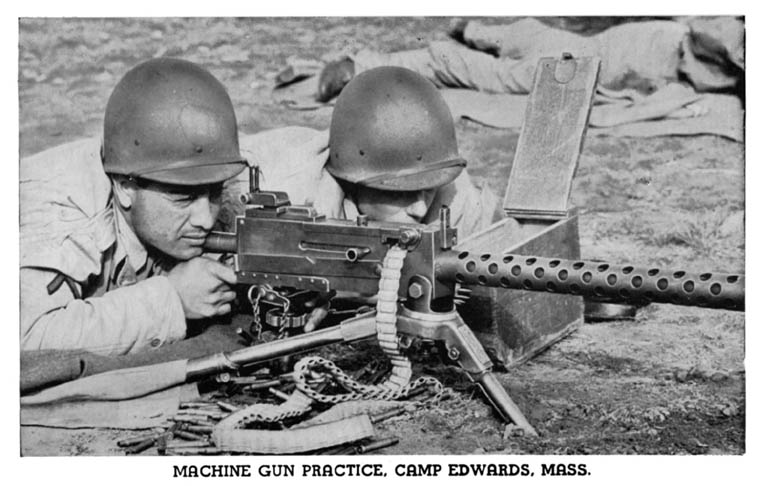
John Browning designed a ton of guns the U.S. military has used and still use to this day. The list includes the M1911 handguns, the M1897 Trench Gun, the M2 Machine gun, and the subject of today’s article, the M1919 machine gun.
In World War I the M1917 came out of Browning’s mind and into the hands of American troops as the .30-06 Springfield heavy machine gun.
The M1919 modernized the M1917 a bit and ditched the famed water jacket for an air-cooled barrel. Originally, the Army wanted something easier to use on tanks but the platforms soon grew into a family of weapons, eventually making the M1919 one of the longest-serving machine guns in U.S. history. As the name implies, the M1919 came to be in—you guessed it—1919.
Related: 5 John Browning firearm designs that changed the world
Inside the M1919 Machine Gun
The M1919 machine gun utilized the Browning-created short recoil system. In a short recoil system, the bolt and barrel move rearward under the force of recoil. After a bit of movement, the barrel stops moving, and the bolt continues to cycle rearward. That rearward motion extracts and ejects the empty case and returns forward to load, fire, and complete the cycle of operations.
A short recoil system gave the gun a very reliable means of cycling rounds while remaining fairly simple in operation. This style of system is extremely popular in handguns to this day and has seen success in machine guns and even a few rifles. The downside of the short recoil system is a slight reduction in accuracy. In handguns and machine guns, this doesn’t cause significant issues.
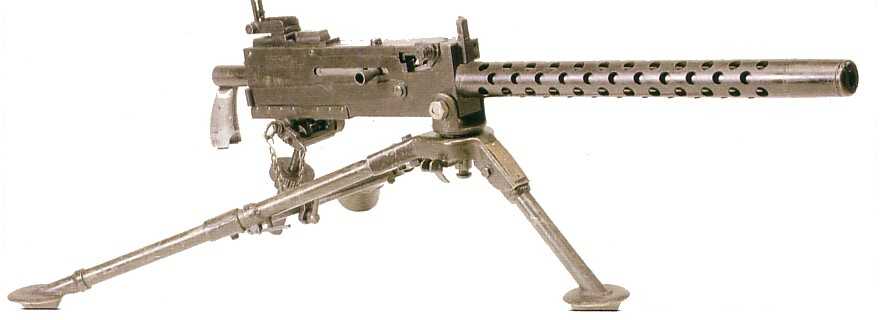
Unlike a lot of modern machine guns, the M1919 utilized a closed bolt system. Open bolts are preferred for machine guns due to heat issues. Machine guns get very hot when fired, especially the barrel and chamber. With a closed bolt system, a round sits in the chamber until the trigger is pulled, but with an open bolt system, the round sits on the belt.
If a round sits in a hot chamber, it can ‘cook off’ and accidentally fire. The benefits of a closed bolt system are primarily reliability.
The biggest change from the M1917 was the loss of the water jacket. This lightened the weapon significantly and allowed for better maneuverability, especially on vehicles. The heavy and bulky water jacket made the gun harder to use on tanks and other vehicles. The M1919 didn’t fully replace the M1917, and the two sister machine guns remained in service alongside the M1919 for some time.
Related: M1917 Enfield: The forgotten rifle that won World War One
The big, heavy M1919
There are more than half a dozen variants of the M1919, and the specifications do vary between them, but this is a general idea of the size and weight of the gun. The M1919 itself weighed around 30 pounds; again, variants would change the weight slightly. Most models of the weapon used the M2 tripod, which added another 14 pounds.

The average firing rate was a very controllable 400-600 rounds per minute with most models, although aircraft models went up to 1,500 rounds per minute. The weapon originally fed from a cloth belt but would later use a metal disintegrating belt known as the M1 Link.
Related: These are the longest serving weapons in the US arsenal
M1919 Variants
There were six total variants of the M1919 used by ground forces. A big focus went to lightening the weapon and making it easier to use for infantry forces with the A1 series. They experimented with shortening and lightening the barrel as well.
Models like the A2 and later A5/M37 were aimed at calvary and vehicular mounted forces, so it allowed for vehicle mounting. The A4 and A6 were aimed at providing a lighter support weapon for infantry forces. They were specifically taking the gun from a company and platoon support weapon and making it a squad support weapon.
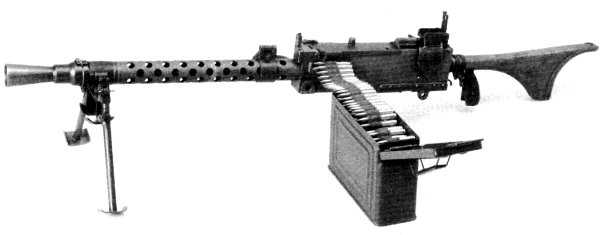
The M19191A6, in particular, wanted to bring automatic fire support to the squad level. Previously the BAR held that role, but it was found lacking. As a rifle, it had limited capacity and couldn’t provide enough accurate fire support.
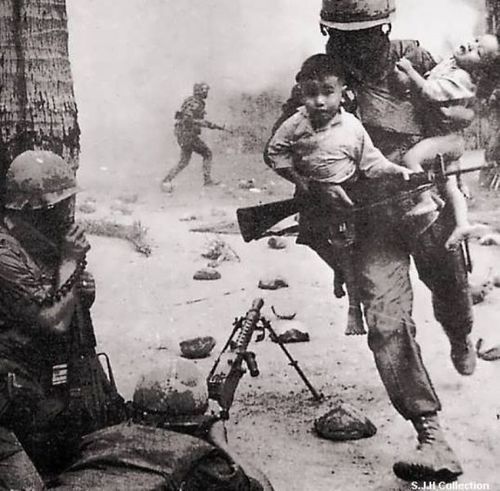
Also, the Stinger bears mentioning. Marines in the Pacific took .30 caliber AN/M2 aircraft machine guns and fitted them with stocks, special triggers, and bipods. The 1,500 RPM fire rate provided a massive amount of firepower per trigger pull. Only a few were made before the war ended and interest in the development dried up.
Related: NGSW: Pros and cons of the Next Generation Squad Weapon entries
The M1919 at war
These guns were crew-served powerhouses that originally required a five-man team to employ. This included a squad leader, gunner, A-gunner (assistant gunner), and two ammo carriers. When the weapon saw employment as a squad support tool, the team shrunk to what was typically a gunner, and A-Gunner with ammo spread out among the squad.

The M1919 performed admirably and became well known for its reliability. The weapon could dispense a lot of lead and run with standard maintenance. A big issue found as the war proceeded was simply weight, bulk, and an awkward barrel system. Swapping barrels required the user to gut the gun and pull out the bolt and backplate, so a quick change in the middle of a fight just wasn’t an option.
The M1919A6 attempted to make swapping barrels easier by doing it from the front, but still, it was awkward and not very fast. Modern machine guns use quick-change barrels to allow for a high rate of sustained fire for an extended period of time without damaging the guns.
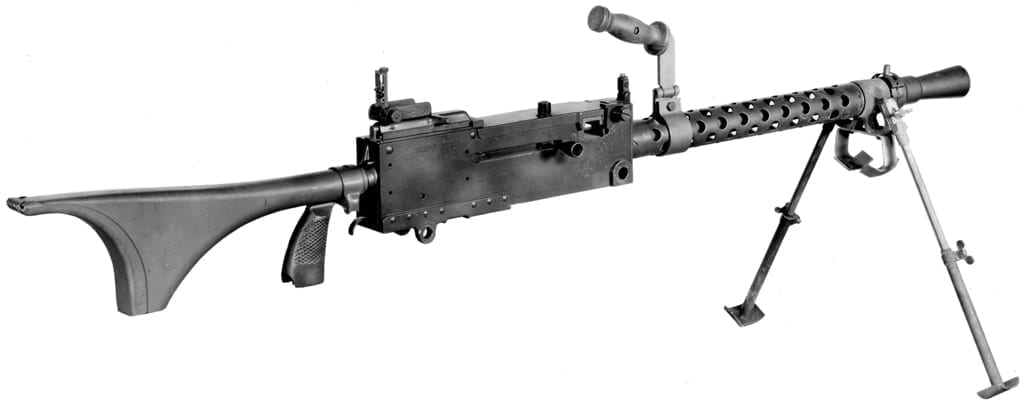
The gun performed well in the small skirmishes before and during World War 2, as well as in Korea, and believe it or not, all the way into Vietnam. The Navy created the Mk 21 Mod 0 for riverine operations, which was an M1919 converted to 7.62 NATO and fed via upside-down M-13 link belts. It was left-hand feed only.

Marines famously do more with less, and they carried the M1919A6 into the Vietnam war early on. Although, at the time, the M60 was slowly replacing it. Vietnam would be the last war American forces would use the M1919 in.
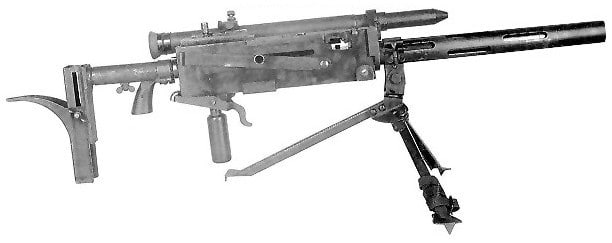
However, to this day, variants of the M1919 actually still see service around the world, especially with nations that have a limited defense budget.
Brrrrppp
The M1919 machine gun served for so long thanks to its rather simple and reliable design. These days, gas-operated machine guns are the modern support weapons, but in 1917 and 1919, that wasn’t an option. The technical know-how and machining technology were still difficult to come by, and needless to say, weren’t cheap. The M1919 met the needs of these troops, served its country with distinction and just wouldn’t stop.
Read more from Sandboxx News
Related Posts
Sandboxx News Merch
-

‘AirPower’ Classic Hoodie
$46.00 – $48.00 Select options This product has multiple variants. The options may be chosen on the product page -

‘Sandboxx News’ Trucker Cap
$27.00 Select options This product has multiple variants. The options may be chosen on the product page -

‘Kinetic Diplomacy’ Bumper Sticker (Black)
$8.00 Add to cart

Travis Pike
Travis Pike is a former Marine Machine gunner who served with 2nd Bn 2nd Marines for 5 years. He deployed in 2009 to Afghanistan and again in 2011 with the 22nd MEU(SOC) during a record-setting 11 months at sea. He’s trained with the Romanian Army, the Spanish Marines, the Emirate Marines, and the Afghan National Army. He serves as an NRA certified pistol instructor and teaches concealed carry classes.
Related to: Military History

The Switchblade, loitering munitions, and the new terrifying face of warfare
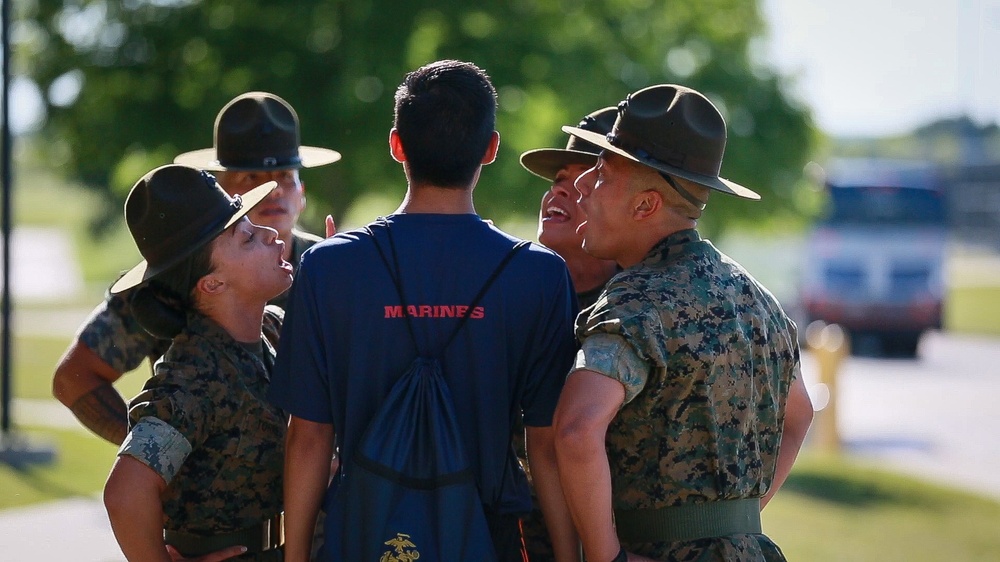
5 ways to prepare and survive the Marine Corps boot camp
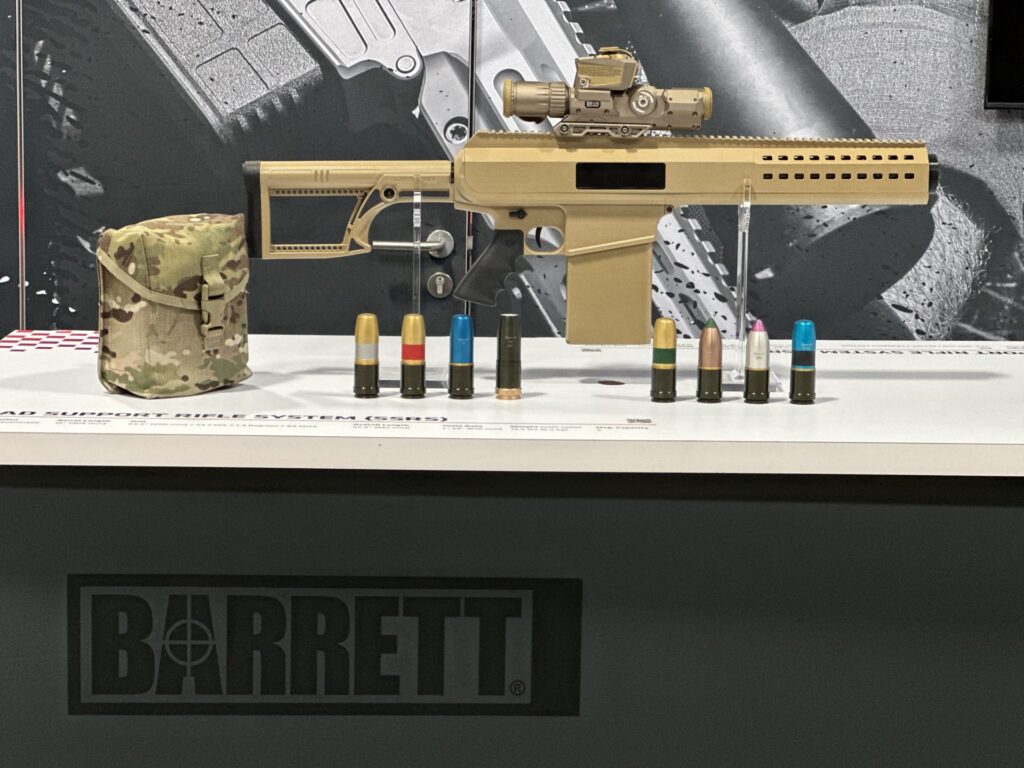
Barrett’s Squad Support Rifle System will make infantry squad deadlier
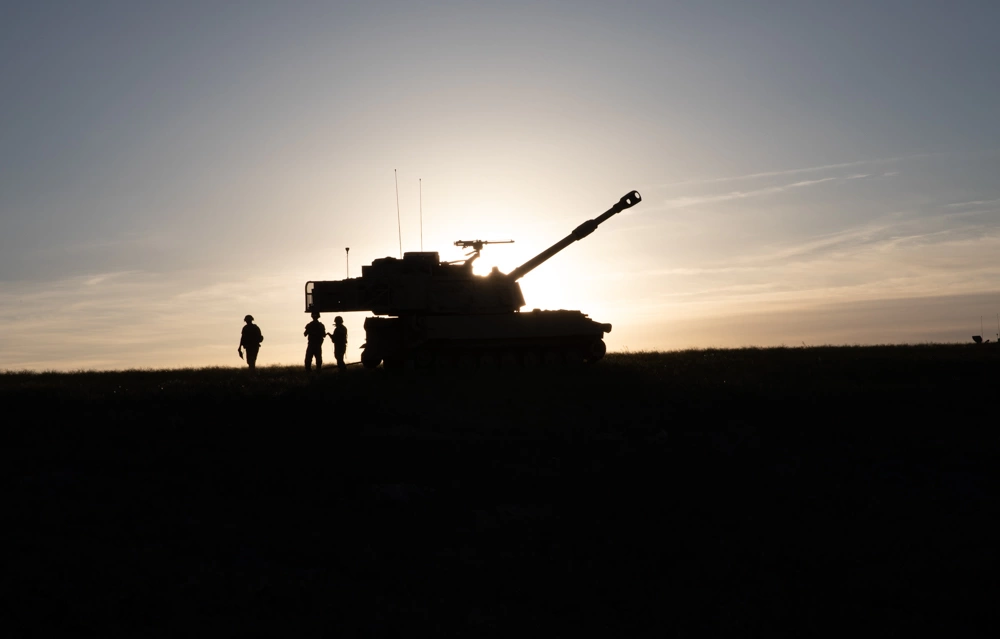
The unique world and uses of howitzers
Sandboxx News
-

‘Sandboxx News’ Trucker Cap
$27.00 Select options This product has multiple variants. The options may be chosen on the product page -

‘AirPower’ Classic Hoodie
$46.00 – $48.00 Select options This product has multiple variants. The options may be chosen on the product page -

‘AirPower’ Golf Rope Hat
$31.00 Select options This product has multiple variants. The options may be chosen on the product page -

‘Sandboxx News’ Dad Hat
$27.00 Select options This product has multiple variants. The options may be chosen on the product page
